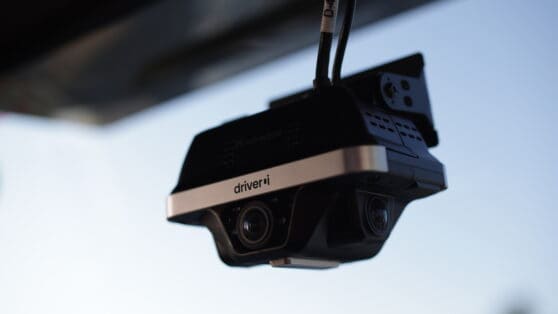Today, the question that’s most challenging for fleet organizations is “how can you offer your drivers a more “high-touch” coaching experience without hiring additional staff?”
The answer: a combination of in-cab alerts, automated performance coaching sessions, and gamification tools to encourage your drivers to form and maintain safe driving habits in a fun, engaging way without requiring face-to- face meetings.
And with today’s fleet safety technologies available, office staff are able to do more with less, reducing the burden on safety managers while providing a sense of community for the drivers.
This blog is a partial summary of the TCA Workshop: How to Streamline Driver Coaching and covers:
- How to reduce stress and reclaim staff time with automated performance coaching;
- How to encourage drivers to improve habits through gamification and incentives; and
- Fleet performance coaching best practices
Why Change?
The big question and a great question to ask your team is “Why change?” An anonymous quote that answers this question simply is, “If you do not change, change will create you.” There is no doubt the environment of running a commercial fleet is constantly changing and with that, it’s crucial to adapt new resources. And because people are 2-3 times more likely to make a decision to avoid a loss than to make a decision to achieve a gain, there are plenty of things that are working against fleets.
Environmental factors that affect fleets on a day to day basis include:
A Rise in Nuclear Verdicts
The average verdict size for a lawsuit above 1M involving a truck crash has increased nearly 1,000% from 2010 to 2018, rising from 2.3m to 22.3. These are material pressures fleets experience every day. At Netradyne, we spend time on how to use technologies to defend or offset these claims.
Distracted Driving Events
Distracted driving caused 938,000 driving accidents in 2018, according to data from the USDOT and NHTSA. With 6.7M car rashes in 2018, distracted driving contributed to 15% of that. The thing is, your driver might not be distracted, but guaranteed vehicles on the road are. This puts a lot of pressure on your drivers to predict what the roadways will push to them.
Increased Accident Rate
Unfortunately, commercial fleet accident rates continue to rise. And the average cost of a loss related to vehicle accidents is almost twice the cost of the average workplace injury. Fleet vehicle accidents are among the most expensive injury claims. The average cost of a loss related to fleet vehicle accidents is 70k.
Uptick in Staged Accidents
Staged crashes first emerged in the 1990s and have grown to the No.1 insurance fraud scheme, according to friss insurance fraud report. People are targeting commercial vehicles, backing into commercial vehicles, and without any valid evidence to dispute, fleets and vehicles are being blamed for events that are not their fault. NICB describes staged accidents as a “big business” that company drivers should know how to spot and handle.
Are You Fighting the Same Fight?
Fleets do a really good job at defending an event. Whereas litigators go after the company. This is not the same fight.The litigators are trying to cast a larger shadow on the fleet where the fleet is actually looking at that event and determining at fault. It’s an unfair fight and we’re not doing the same job.
Reptile Theory/Negligence
What we mean by this is the exploration of reptile theory. This theory looks to cast the label of negligence on a fleet and focuses on the safety and security issues to subtly encourage jurors to envision themselves in the same situation as a plaintiff. The strategy of the litigators is to draw attention away from the simple question of driver error and heap it onto the far more sinister business of motor carrier wrongdoing. They are going after the culture of the company.
So the big question then is, “how do you address the culture of the company?” The first step is to understand the common cause of negligence. There are many ways a truck driver or truck company can be at fault for an accident:
- Distracted Driving (Talking/Texting/Eating/Drinking/CB/Grooming)
- Truck Driver Fatigue (Hours of Service Violation)
- Unsafe Driving Practices (Speeding, Following Distance, Traffic Signals, Speed)
- Drug & Alcohol Use
- Negligent Hiring
- Negligent Maintenance
A litigator will always find the crack in the wall and latch onto it. The big piece a fleet can think about is how to utilize technology and coaching to streamline driver performance.
Why now? Well, we are seeing an increased number of attorneys’ attempts to set up a narrative separate and apart from the accident itself.
And this is just the beginning of the workshop. To find out how to encourage drivers to improve habits through gamification and fleet performance coaching best practices, watch the full workshop video here.
*This is a partial summary of the TCA Workshop on Streamlining Driver Performance Coaching by Adam, Kahn, President of Netradyne.






